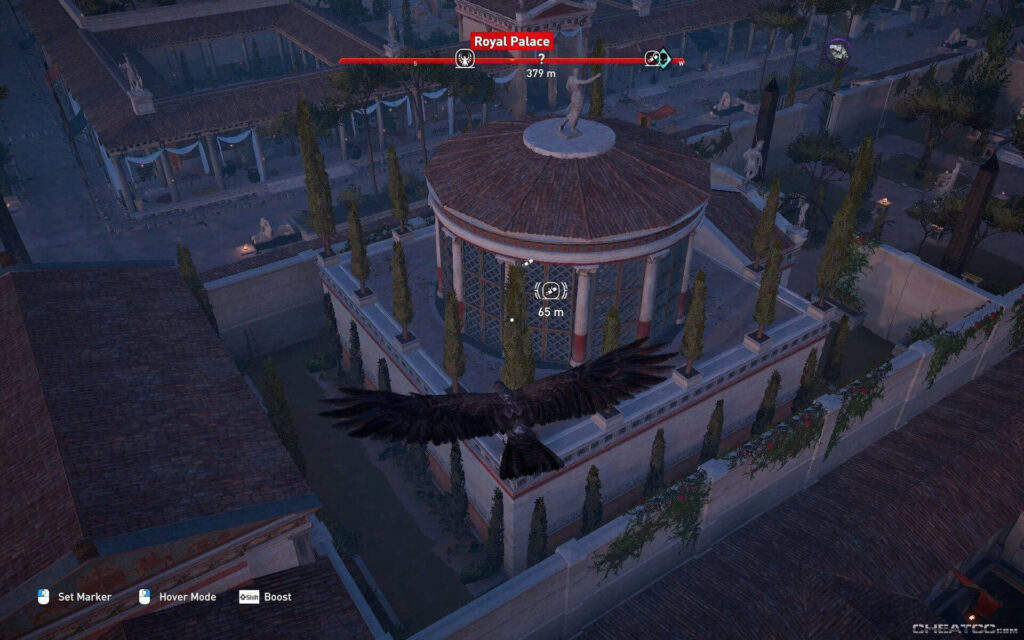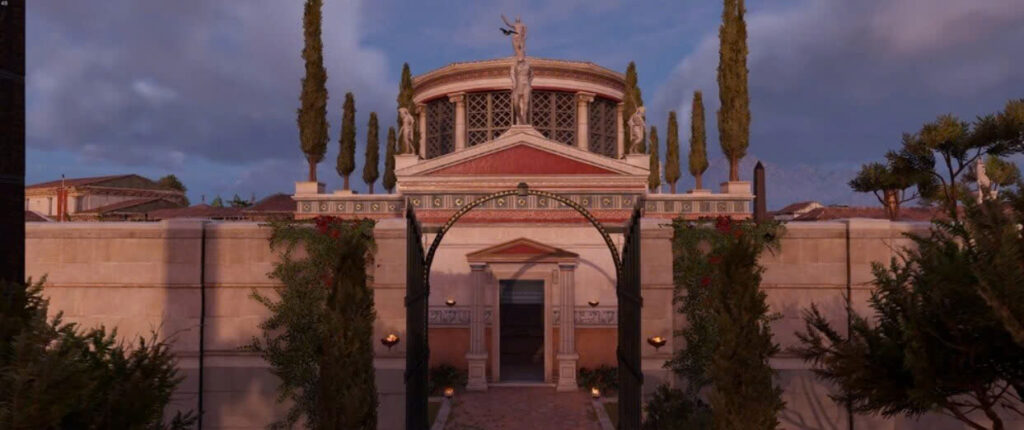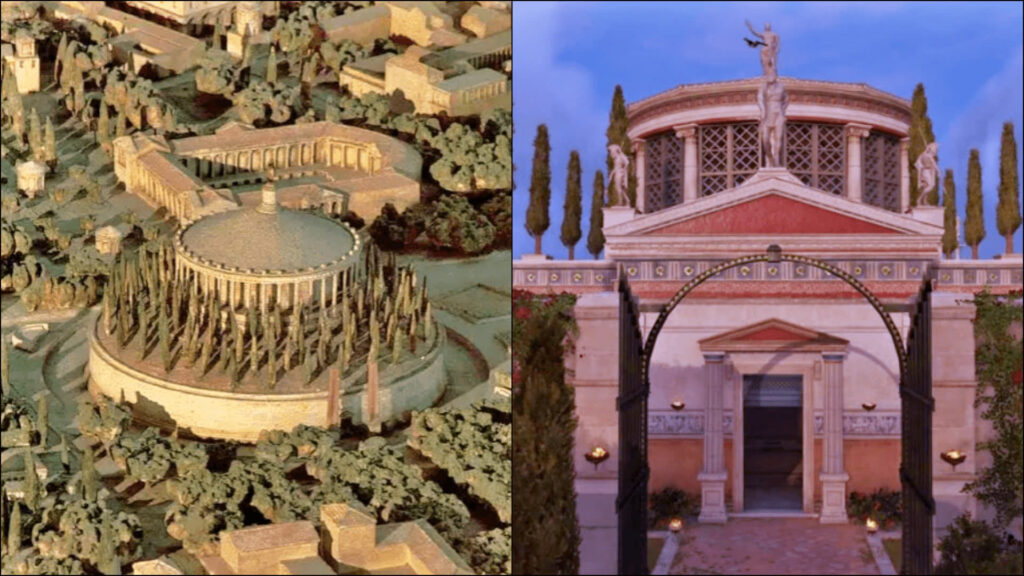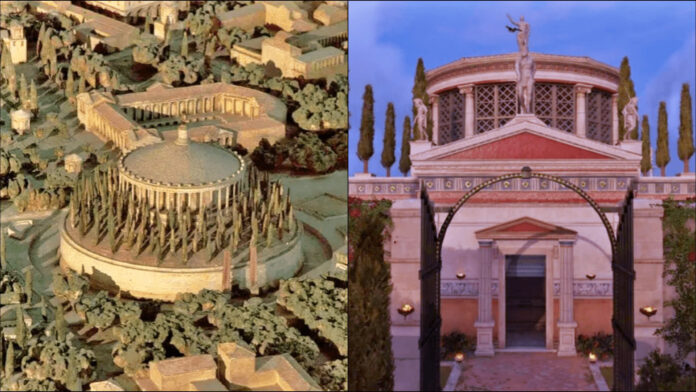Introduction

The Mausoleum of Augustus, or Mausoleum Augusti, stands as one of ancient Rome’s most significant architectural monuments, symbolizing the supremacy and immortality of the first Roman Emperor. What many may not realize is that this grand structure, designed and constructed during Augustus’ reign, drew considerable inspiration from the tomb of another great leader—Alexander the Great in Alexandria, Egypt. Exploring the architecture and symbolism of Augustus’ Mausoleum reveals intriguing connections to Alexander’s tomb, offering insights into its potential location and structure.
The Historical Significance of the Mausoleum of Augustus
Construction of the Mausoleum of Augustus began in 28 BCE, situated in the Campus Martius of Rome. It was one of the first major public works initiated by Augustus following the establishment of the Pax Romana. With a diameter of approximately 87 meters and a height surpassing 40 meters, this circular tomb was covered with earth and trees, evoking a sense of eternity and tranquility. At its heart lay a central chamber that housed the ashes of Augustus and other members of the Julio-Claudian family.

The mausoleum was not just an architectural feat; it was a powerful political statement. By erecting such an imposing funerary monument in the heart of Rome, Augustus aimed to secure his eternal memory and convey that the power of his family would endure forever. This symbolism closely aligns with the grand funerary practices of the East, where Alexander the Great’s tomb remains one of the most iconic examples.
The Tomb of Alexander the Great: Architecture and Symbolism
Alexander the Great’s tomb in Alexandria was once one of the wonders of the ancient world. Although its exact form and location have been lost to time, ancient accounts provide clues about its grandeur and significance. Descriptions suggest that Alexander’s tomb was housed within an elaborate mausoleum, possibly inspired by the Mausoleum at Halicarnassus, situated in the center of Alexandria and serving as a pilgrimage site for centuries.

More than just a burial place, Alexander’s tomb symbolized his deification. Following his death, Alexander was worshipped as a god, and his tomb became a shrine. This notion of eternity and divine status profoundly influenced Augustus, who sought to adopt and reinforce these symbols in his own mausoleum.
Architectural Influences and Common Elements
While the specifics of Alexander’s tomb remain elusive, it is evident that Augustus found inspiration in it. The circular design of Augustus’ Mausoleum mirrors the circular tombs favored in the East, reminiscent of the probable shape of Alexander’s resting place. The strategic location in central Rome and the use of luxurious materials reflect Augustus’ ambition to create a tomb befitting the great leaders of history.

Additionally, Augustus’ numerous references to Alexander in his writings and his efforts to position himself as a “new Alexander” further illustrate his desire to align his image with that of the great Macedonian conqueror. The mausoleum served not only as a burial site but also as a monument of worship, echoing the cult that developed around Alexander’s tomb.
Insights into the Location of Alexander’s Tomb
Studying Augustus’ Mausoleum may provide valuable insights into identifying and reconstructing the image of Alexander the Great’s tomb. The influence of Alexander’s tomb on Augustus’ structure suggests that it was centrally located and served as a place of worship, likely situated in the heart of Alexandria, near the famed Soma of Alexander.

However, archaeological efforts in Alexandria face significant challenges due to modern urban development. Nonetheless, comparisons with Augustus’ Mausoleum—its shape, location, and materials—could assist archaeologists in their quest to discover similar features within Alexandria’s landscape. One promising approach would be to search for signs of large circular monuments or underground chambers that could be linked to Alexander’s tomb.
Conclusion

The Mausoleum of Augustus stands not only as a testament to Roman architectural prowess but also as a reflection of the enduring legacy of Alexander the Great. By exploring these connections, we gain a deeper understanding of how historical figures influence one another, enriching our appreciation of the past and the monumental legacies left behind.

